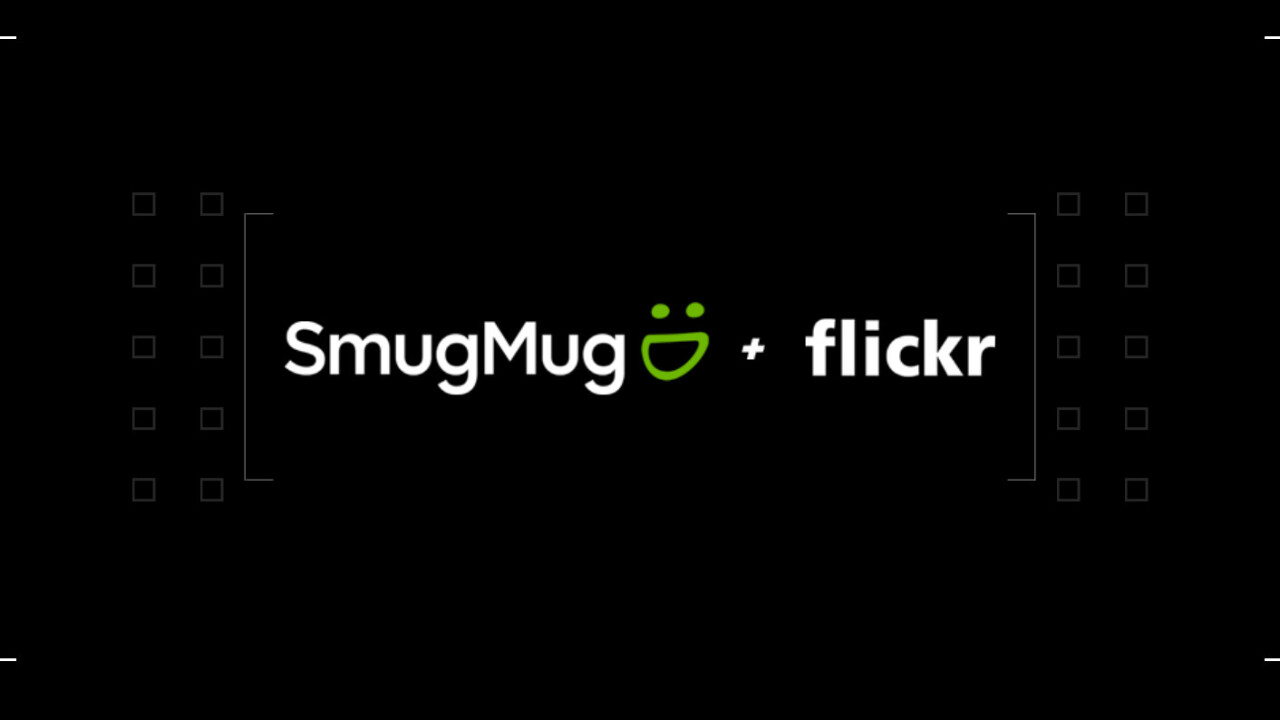
Over the weekend, photo hosting platform SmugMug acquired Flickr from Yahoo – sorry, Verizon; merging two companies that have offered similar services for nearly 15 years. So what’s changing, and in which cloud should you stash your photographs?
SmugMug said that it couldn’t pass up the opportunity to bring two photography communities together, and that it doesn’t yet have any plans to unify the two. As such, they’ll continue to operate independently with their own distinct offerings; the only change that’s coming is that Flickr users will soon have to review and agree to SmugMug’s terms and conditions in order to continue using the service.
If you’ve got photos on either SmugMug or Flickr, they aren’t going anywhere – but I imagine that the two sites will soon let you transfer pictures between them to avail of their features.
So where should you upload your pictures? It depends on what you intend to do with them. Flickr is great for when you want an easy way to upload your pictures and show them off quickly; you get 1TB of storage for free, and you can organize your shots into albums, as well as assign various types of usage rights to them. Once your pictures have been uploaded, you can publicly display them on the web and in Flickr’s mobile apps.
A paid plan ($5.99 a month or $49.99 a year) nets you advanced analytics, access to the desktop auto-uploading tool, and discounts on things like prints, Adobe Lightroom presets, and Portfoliobox’s website creation service.
SmugMug, on the other hand, doesn’t offer a free tier. Instead, its subscriptions start at $3.99 a month (billed annually) and come with a customizable site to showcase your images, as well as unlimited storage space for them. You can also share them via social networks, and order prints and gifts made with your pictures from the site. Pricier plans allow you to sell your photos for commercial use. It arguably offers more control than Flickr over how you share your pictures, as well as more options for monetizing your work.
If you aren’t yet sure which to go with, both companies offer free trials so you can get a taste of their services before you pony up for either.
Do you have a favorite photo hosting service? Let us know in the comments.
The Next Web’s 2018 conference is just a few weeks away, and it’ll be ??. Find out all about our tracks here.
Get the TNW newsletter
Get the most important tech news in your inbox each week.




